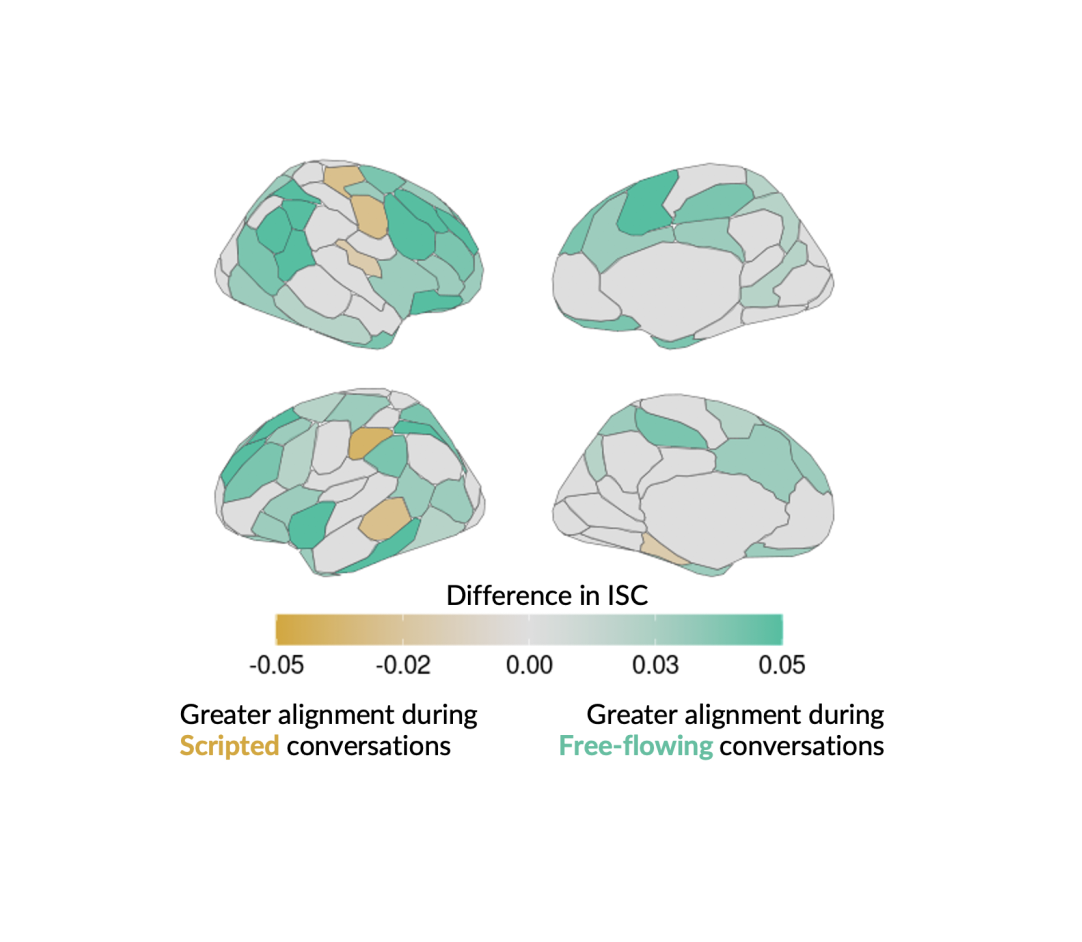About
Hey, welcome! My name is Laetitia (leh-TEE-see-uh). I am a joint postdoctoral fellow working in the Communication Neuroscience Lab at the University of Pennsylvania and the Princeton Social Neuroscience Lab at Princeton University. My work focuses on the bidirectional interplay between loneliness and brain function, examining how loneliness shapes large-scale brain networks and how those networks, in turn, support people’s ability to connect.
My background is in cognitive neuroscience, with a Ph.D. in neuroscience at McGill University. My dissertation used methods from network neuroscience to examine the neural correlates of state and trait loneliness across the adult lifespan. Currently, as a postdoctoral fellow, I am extending this work to examine whether there are reliable features of a lonely brain, focusing on patterns of connectivity that consistently track with loneliness across people. I am also expanding my research program to investigate how conversation fosters social connection, using fMRI hyperscanning (simultaneous brain imaging of two people) to study how brains align as people engage in real-time conversation.
Research Areas
Loneliness

I am interested in whether loneliness leaves a consistent imprint on the brain’s functional organization. By studying how levels of loneliness relate to large-scale patterns of connectivity across neural systems, I ask what makes the brain of a lonely person systematically different from that of someone who feels more socially connected.
Conversation

One critical test of a functioning social brain is its ability to interact and connect with others in real time. Most studies investigating the neural mechanisms supporting social interaction have mainly focused on the individual, not the reciprocal social interactions that build social connections. Given that individual variability in social (dis)connection are indeed reflected in the brain, how do these brain systems dynamics support real-time social connection and foster close relationships?
Aging

Age differences are often observed within- and between-network connectivity across the lifespan. In addition, age-related shifts in socioemotional goals influence the types of relationships people seek to nurture and social cognitive processes needed to support human sociality. In this line of work, I take an individual difference approach in examining whole-brain resting-state functional connectivity to examine how brain functional connectivity change with age, and how these changes shape opportunities for social connection and cognition across the adult lifespan.